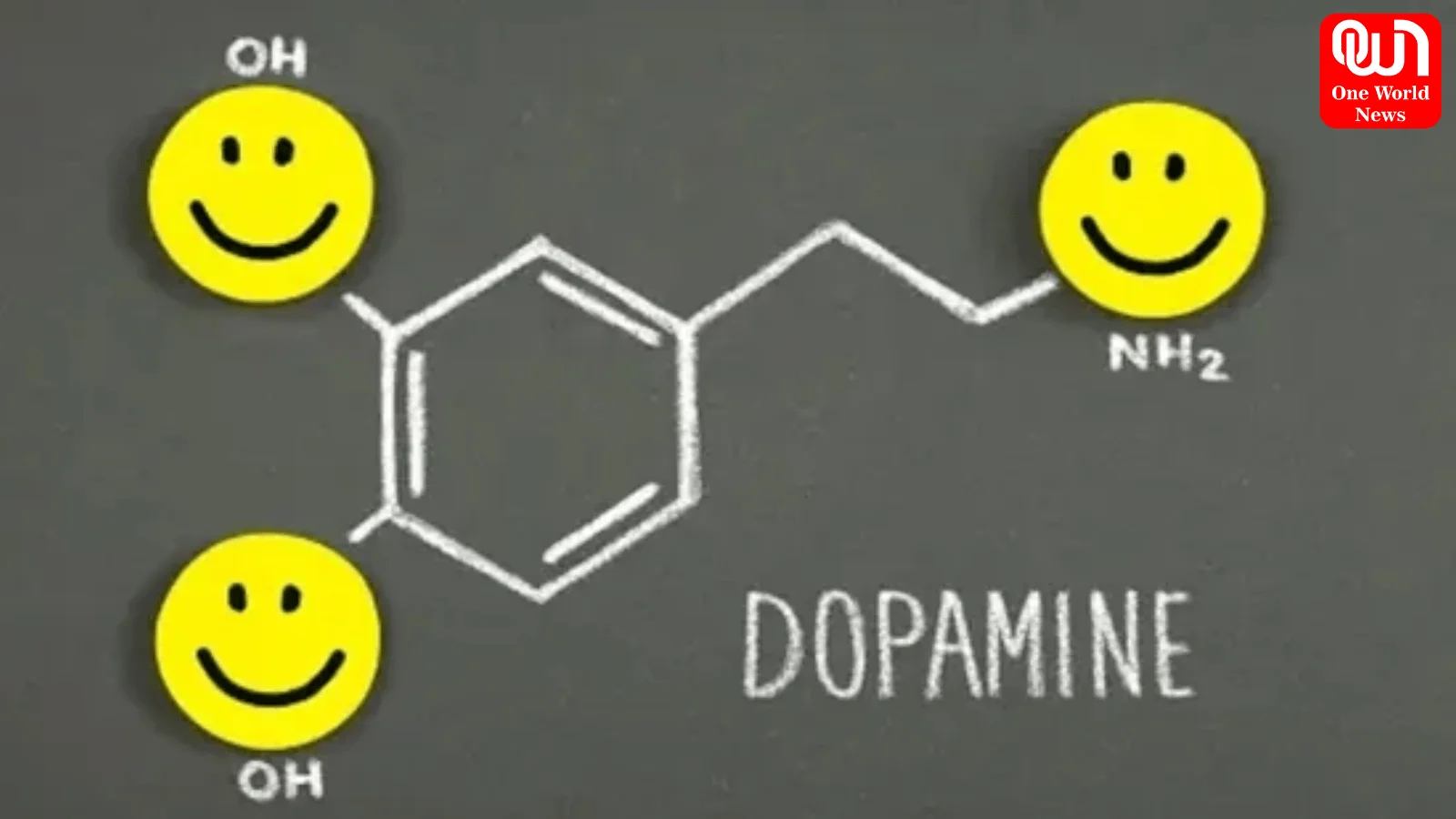What Exactly is Dopamine Chasing? Discover the Key Signs to Look Out For
Uncover signs of dopamine chasing – from binge-watching to impulsive spending. Learn to recognize and address these behaviours for a healthier lifestyle.
The Pursuit of Dopamine: Recognizing the Signs of Dopamine Chasing

Introduction: In today’s fast-paced world, the pursuit of pleasure and reward has become increasingly prevalent. From indulging in retail therapy to binge-watching shows, many of us find ourselves chasing dopamine – the neurotransmitter associated with pleasure and motivation. However, what starts as harmless enjoyment can sometimes spiral into addictive behaviours. In this article, we’ll explore the signs of dopamine chasing and how to recognize them in our daily lives.
Read more: Aromatherapy: Enhancing Your Living Spaces with Fragrance Selection
Understanding Dopamine Chasing:
Dopamine chasing refers to the relentless pursuit of activities that provide temporary bursts of pleasure and reward. These activities trigger the release of dopamine in the brain, reinforcing the behaviour and leading to a cycle of seeking out similar experiences. While dopamine itself is a natural and necessary part of human physiology, excessive chasing of dopamine can lead to compulsive behaviours and addiction.
Signs of Dopamine Chasing:
Indulging in Unhealthy Eating Habits: One common sign of dopamine chasing is regularly consuming sugary, salty, and highly processed foods. These foods often provide instant gratification and pleasure, leading to cravings and overeating. Moreover, indulging in such foods while binge-watching shows further reinforces the association between pleasure and consumption.
Procrastination and Prioritization of Pleasure: Another indicator of dopamine chasing is the tendency to delay important tasks in favour of engaging in enjoyable activities. Whether it’s putting off work to watch another episode of a favourite show or procrastinating on essential tasks to engage in retail therapy, prioritizing pleasure over responsibilities can signify a reliance on dopamine-driven rewards.
Excessive Social Media Use: Constantly checking one’s phone and seeking validation and approval on social media platforms can also be indicative of dopamine chasing. The instant gratification of receiving likes, comments, and notifications triggers dopamine release in the brain, reinforcing the behaviour and leading to compulsive usage patterns.
Binge-Watching Behavior: Re-watching shows and indulging in back-to-back episodes to pass the time is a common behaviour associated with dopamine chasing. The thrill of following a captivating storyline or experiencing intense emotions through entertainment can provide temporary relief from stress and boredom, leading to excessive consumption of media.

Impulsive Spending: Spending more money than intended, particularly on online shopping or during shopping sprees, can be a manifestation of dopamine chasing. The act of making a purchase triggers dopamine release in anticipation of the reward, leading to feelings of pleasure and satisfaction. However, this behaviour can quickly spiral out of control, leading to financial strain and emotional distress.
Read more: Hair Oils Vs. Serums- Which One Is A Better Haircare Formula? Experts Explain
Recognizing and Addressing Dopamine Chasing:
While seeking pleasure and reward is a natural part of being human, it’s essential to recognize when these behaviours become problematic. If you find yourself exhibiting signs of dopamine chasing, consider taking the following steps to regain control:
Practice mindfulness: Become aware of your thoughts, feelings, and behaviours related to seeking pleasure and reward. Mindfulness techniques can help you identify triggers and develop healthier coping mechanisms.
Set boundaries: Establish limits on activities such as social media use, screen time, and indulgent behaviours. Setting boundaries can help prevent excessive consumption and promote balance in your life.
Seek support: If you’re struggling to break free from dopamine-chasing habits, consider seeking support from friends, family, or a mental health professional. Therapy can provide valuable insights and strategies for managing addictive behaviours.
We’re now on WhatsApp. Click to join.
Conclusion: Dopamine chasing is a common phenomenon in today’s society, driven by the pursuit of pleasure and reward. However, excessive reliance on dopamine-driven activities can lead to compulsive behaviours and addiction. By recognizing the signs of dopamine chasing and taking proactive steps to address them, individuals can regain control of their lives and find fulfilment in healthier pursuits.
Like this post?
Register at One World News to never miss out on videos, celeb interviews, and best reads.








